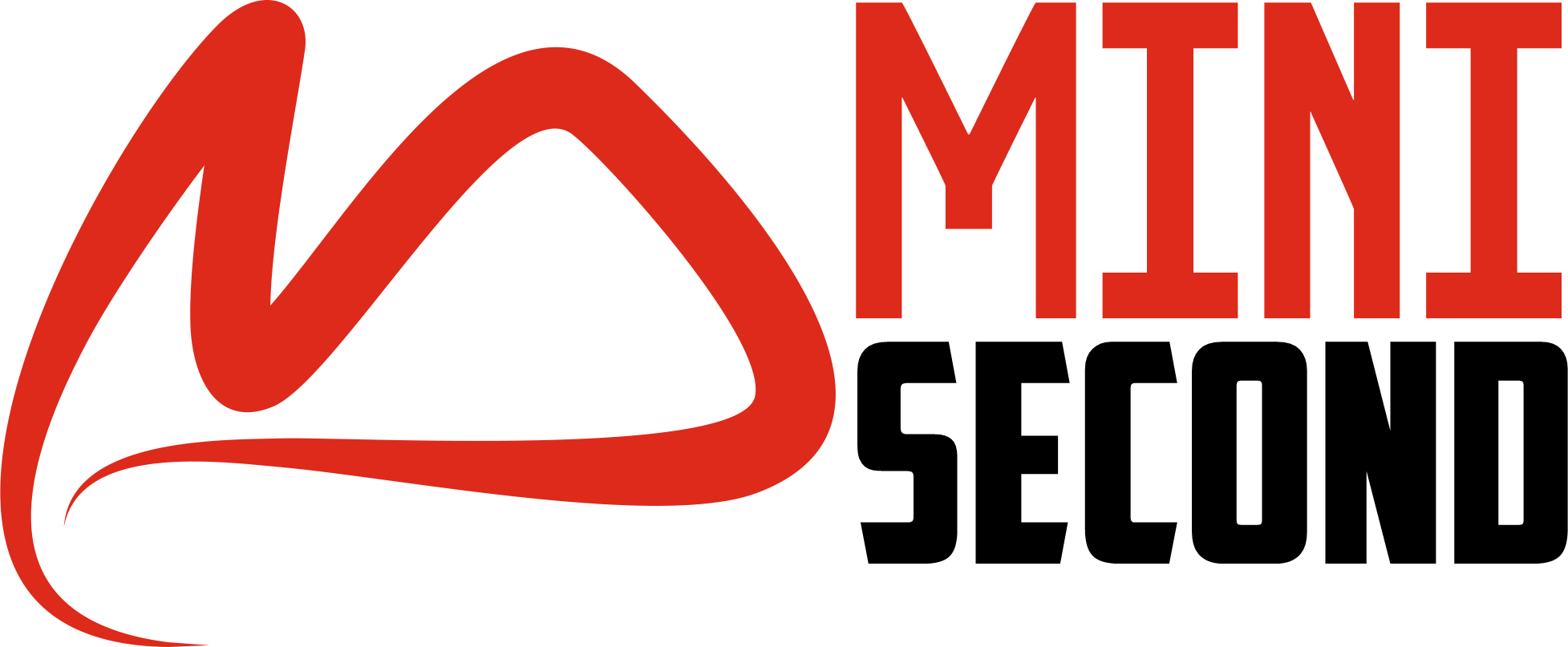how SEO and sem work together – SEO stands for Search Engine Optimization. It is part of your digital advertising strategy that emphasises organically driving traffic to your website.
This is done by enhancing all web and social content to match key search terms. SEO generally refers to the optimization of the content that will be on your website in any way, such as the blog and the main content; it does not refer to paid advertisements.
SEO Example
A typical SEO campaign includes the following steps:
- Research and analysis of keywords.
- Carry out keyword analysis on existing web content.
- Optimize web content based on search terms.
- Optimize the website’s user experience to ensure a better quality score in Google Advertisements.
What are the differences between SEO and SEM?
The chief change amid SEO and SEM is that SEO focuses on carbon-based (not paid) traffic, and SEM prioritizes paid searches. SEO, SEM and other marketing strategies each have their role.
Adding keyword descriptions to the meta description section of each web page makes it more likely to appear in organic search results.
It’s an excellent example of how to use the content you already have effectively, showing Google that you’re posting relevant content.
Below, you can see an example of a basic SEM strategy: the demographic target of an advertising campaign.
Demographic directing is available for search and display ads allowing you to filter your audience based on specific criteria such as age and household income.
What is SEO best for?
Search engine optimization is best for organic circulation, meaning visitors would find your web page due to the perfect alignment between search terms and your content.
For example, if you sell the best western boots in the country, search queries looking for the best ones should end up on your site, right?
Things are not that easy. According to Google Live Stats, each year, there are approximately 1.2 trillion searches on Google; probably this figure is only an estimate.
This means that your gratified needs to compete for care, and that means optimizing all of your web content to the max. This makes it more likely that inquiries will end up naturally on your site and maximizes your ad budget.
In conclusion:
SEO is best for enhancing web content to drive organic and non-paid traffic to your website. It’s cheap but time-consuming, and it often takes a long time to see quantifiable results.
What is SEM best for?
SEM advertising is designed for the strategic use of advertising. The more specific your marketing goals are, the better SEM will work for you.
- Segmentation of specific demographic data.
- Schedule your advertising for the most profitable search time.
- Click and conversion tracking.
- Get your content to the first page of the SERPs.
Audience segmentation is where SEM takes advantage when comparing SEO and SEM. You can reason of your SEO strategy as a wide net that captures the most significant number of potential users. In contrast, your SEM strategy is a fishing expedition where there are fewer, but more closely related leads.
In conclusion:
The SEM significance of a campaign derives from its ability to appropriately allocate your ad budget to deliver your ads during peak hours to critical demographics. Although this costs money, it also drives higher-quality traffic to your site; that is, users are more likely to famine your product and buy it.
How long does it take to see the results of SEO SEM?
With any digital marketing strategy,, clearly defined and delimited objectives are important. While any additional traffic is a step in the right direction, it’s significant to have realistic goals. It is not very likely that your website will reach the top position in the SERPs after only a few weeks of effort.
Realistically, it takes numerous months to two years for your SEO, and SEM plans to reach their full potential, but there needs measurable growth.
SEO
Search engine optimization is a long-term strategy. Most marketers agree that progress in SERP rankings and conversions should be seen within 6-12 months of implementing a quality SEO strategy.
But it is not a strict rule. Newer domains will take longer to rank, while sites with previous penalties or SEO violations will have to fix earlier issues before a new strategy works.
High-competition keywords also take longer to climb the rankings. Due to decreased competition for niche searches, long-tail keywords often show faster gains with an SEO strategy.
Although SEO can take a while to show results, the fact is that it is almost impossible to improve the SERPs without it.
SEM
Search engine marketing produces faster results than SEO. Sometimes, simply setting up a well-planned ad campaign can bring instant results.
In general, you can see increased traffic for about 3 months after implementing a quality SEM strategy.
You should review your keyword research and ad grouping if you don’t see KPIs in line with your goals.

